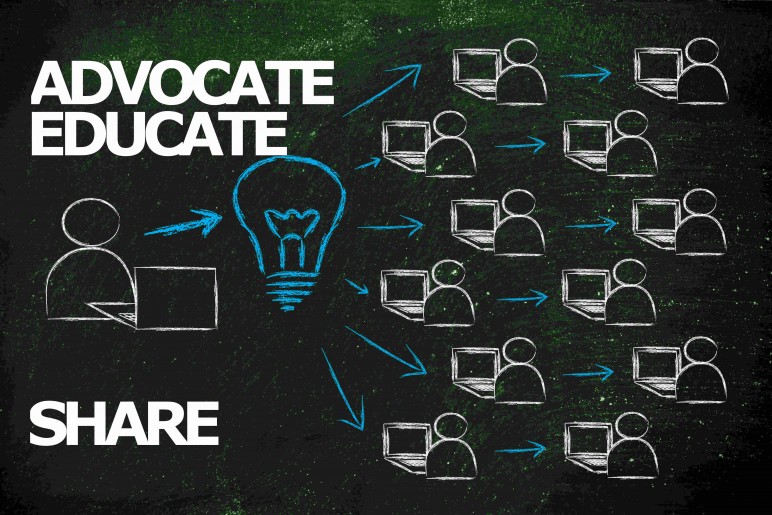Last Thursday, we discussed the ground-breaking study that found non-physician Cath Lab personnel reporting more work-related musculoskeletal pain. Today we'll discuss editorial comments from Dr. James Goldstein in the Journal of the American College of Cardiology and explore ways to advocate and educate about work-related pain from procedures involving radiation in the Cath Lab.
In his editorial, "Orthopedic Afflictions in the Interventional Laboratory: Tales from the Working Wounded," James A. Goldstein, MD outlines why work-related pain in the Cath Lab is such an important issue.
"The present data, together with prior reports, now strongly indicate that working in the interventional laboratory over time is associated with a high prevalence of orthopedic problems, particularly those related to the spine (an affliction having ignominiously gained the moniker 'interventionalists disc disease')... These occupational-related injuries not uncommonly result in missed days of work, surgery, and, in some cases, curtailed careers."
"There are workforce issues also to be considered. Our burgeoning aging population will demand more interventions. Though some operators will 'tough it out' as part of a growing cadre of 'working wounded,' depletion of the ranks due to these problems seems inevitable. Some have already prematurely ceased working in the interventional laboratory due to these afflictions, joining the ranks of recovering interventionalists."
While musculoskeletal pain from procedures involving radiation may be business-as-usual for cardiovascular professionals making a difference every day, that doesn't mean we shouldn't be working to put the issue at the forefront of everyone's mind as change in the health care world accelerates.
Cardiovascular work is important, and so is caring for the people doing that work.
And for Cath Lab administrators, enhancing operator safety seems to be not only the right thing to do for cardiovascular professionals, but also the best business decision to reduce staff down-time and turnover.
What can Cath Lab personnel do to influence positive change?
- Advocate. Whether at a hospital or even legislative level, it is important to influence a wider awareness and recognition of the prevalence of work-related orthopedic injuries. We hope you took advantage of Cardiovascular Professionals Week in February to increase awareness of the entire team of professionals working in cardiovascular care, but we also hope you are looking to build on this positive development by addressing issues like this one in your hospital or in your region. As always, the Alliance of Cardiovascular Professionals is here to help.
- Educate. Make sure your colleagues and the administrators at your hospital understand the health risks of radiation and the prevalence of orthopedic injury in cardiovascular care. Share resources like these special reports with your colleagues. It could be as simple as using the "like" button below and sharing it on Facebook. You could even host a regional meeting with the Alliance of Cardiovascular Professionals addressing the issue with accompanying CEUs.
- Understand new technologies. As a part of this series, we will be profiling new technologies designed to help avoid radiation in the Cath Lab, such as Corindus CorPath robotics. More on this to come. Subscribe to this blog via the option on the sidebar to receive notifications of new posts by email.
